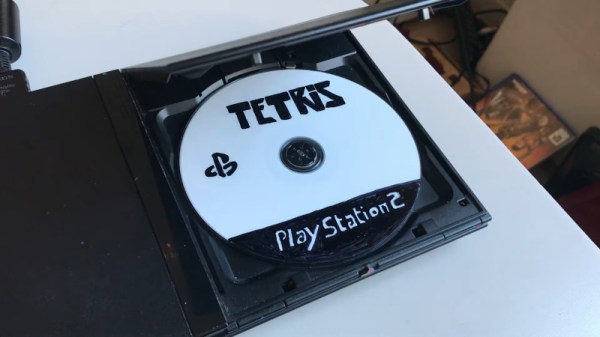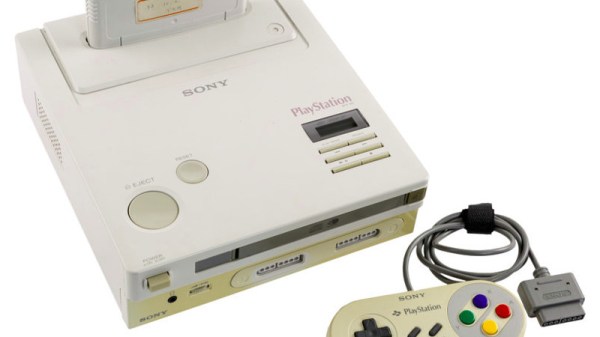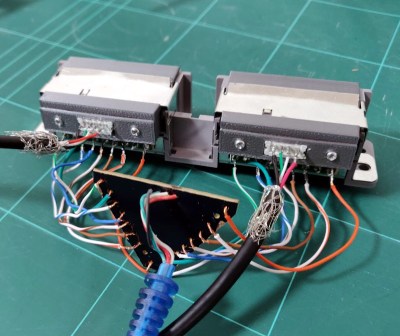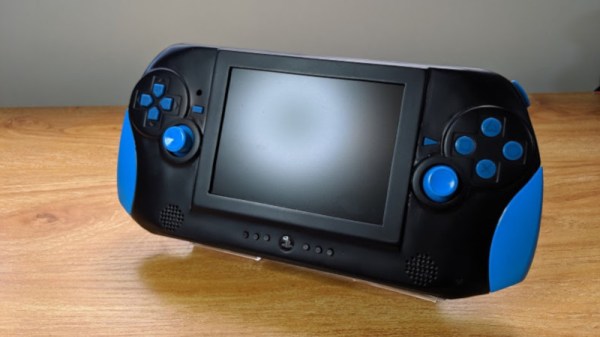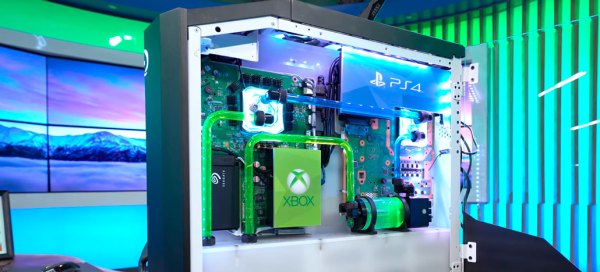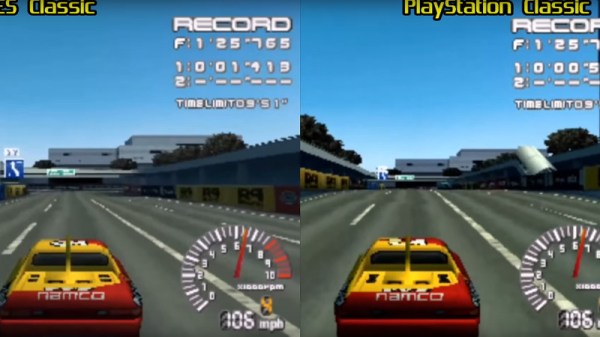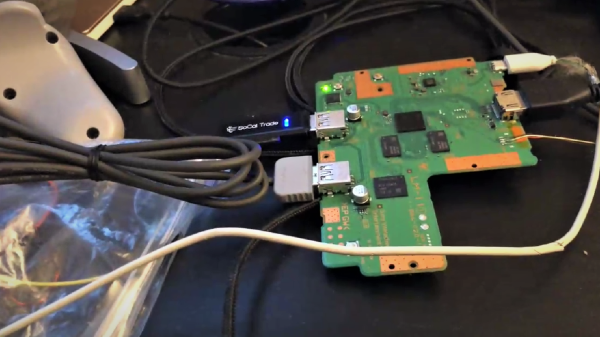For many generations, home consoles have featured copy protection. Aiming to stop users from playing pirated games as well as running homebrew code, hackers often race to find vulnerabilities shortly after each new launch. Of course, finding workarounds can sometimes be more of a marathon than a sprint. [CTurt]’s new hack may come many years after the PlayStation 2 has since faded from store shelves, but remains impressive nonetheless.
The goal was to find a way to run unsigned code on the PlayStation 2 without using any complex external hardware. Hacked memory cards, network interfaces, and other trickery were ruled out. Instead, sights were set on using the only other way in to the console – through the DVD drive.
The only burnable media the PS2 DVD drive will normally read comes in the form of DVD video discs. Thus, [CTurt]’s search began in the code of the on-board DVD player software. After finding potential overflow targets in the code, it was possible to exploit these to run unsigned code.
It’s not yet a fully-polished piece of code, and [CTurt] notes that additional work may be required to get the exploit working on all firmware versions of the console. Regardless, it’s as simple a hack as you could possibly ask for – burn the disc, and away you go! It reminds us fondly of the Sega Saturn hack exploiting the MJPEG interface. Video after the break. Continue reading “FreeDVDBoot Opens Up The PlayStation 2 Like Never Before”

